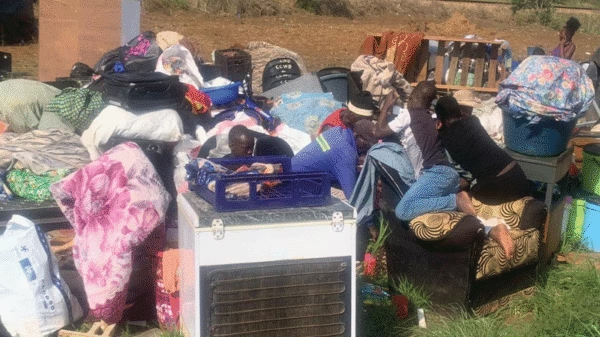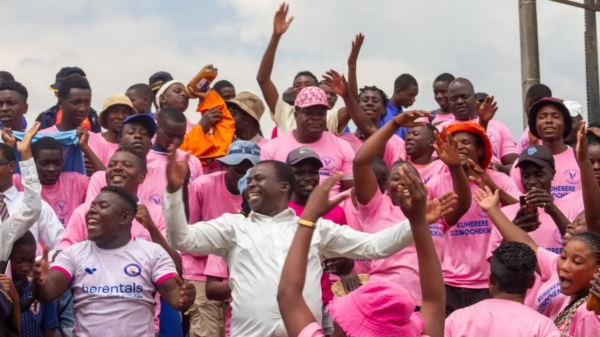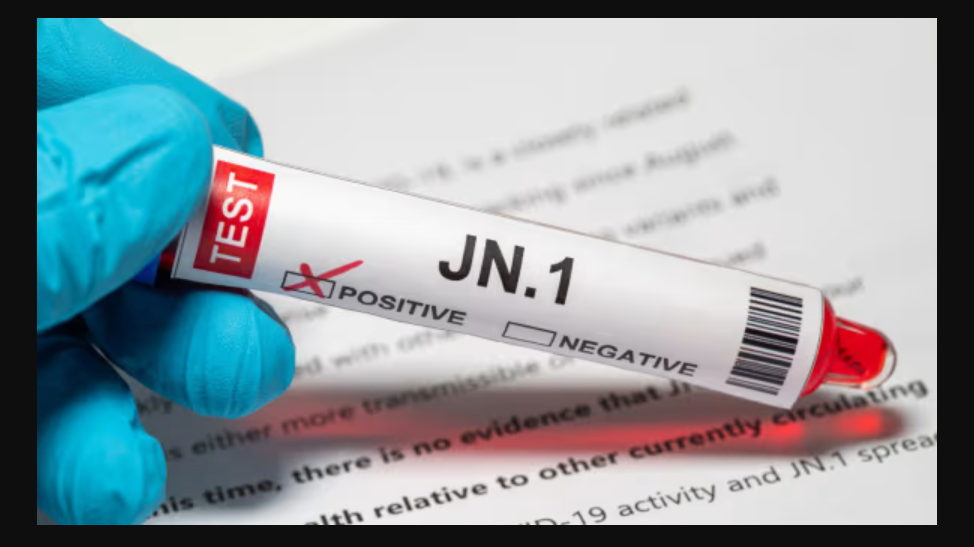Note: Information in this article was accurate at the time of original publication. Because information about COVID-19 changes rapidly, we encourage you to visit the websites of the Centers for Disease Control & Prevention (CDC), World Health Organization (WHO), and your state and local government for the latest information.
As cold winter weather drives people indoors and flu, colds, and other seasonal respiratory viruses circulate, SARS-CoV-2, the coronavirus that causes COVID-19, has continued to mutate and spread. Most recently a strain called JN.1 moved swiftly to become the most widely circulating variant in the United States, making up more than 60% of cases in early January.
While it can be difficult, if not impossible, to predict the evolution of the coronavirus and its descendants, the Centers for Disease Control and Prevention (CDC) projects that JN.1 cases will continue to rise through the winter. The World Health Organization (WHO) has declared it a “variant of interest.” There is no evidence that JN.1 causes more severe disease, the CDC says, but its rapid spread suggests it is either more transmissible or better at evading the immune system than other circulating variants.
Meanwhile, COVID activity in general has been rising, notes Heidi Zapata, MD, PhD, a Yale Medicine infectious diseases specialist. (That includes infections from variants such as HV.1, which in early January accounted for 14.8% of cases.) “I would say the most important thing for people to know is that the virus is out there, as are respiratory syncytial virus [RSV] and the flu. Any new subvariant is a sign that the SARS-CoV-2 virus is still evolving; it’s still here with us, and we can’t ignore it,” she says.
Here, Yale Medicine answers three questions about JN.1.
1. Where did JN.1 come from, and how is it different?
The JN.1 strain surfaced in the U.S. in September. It is a close relative of BA.2.86 (informally referred to as “Pirola”), a lineage of the Omicron variant that the CDC has been tracking since August. (While the Omicron variant, which first took hold in the U.S. in 2021, has had multiple descendants, the original strain is no longer in circulation.)
A difference between BA.2.86 and JN.1 is that the latter has one mutation in its spike protein, a single change that may or may not alter any of the traits that characterize the virus, although preliminary research shows that it may provide extra immune evasion.
2. What do we know—and not know—about JN.1?
Although there is not yet enough evidence to say anything definitively, JN.1 does not seem to cause more cases of severe disease or symptoms that differ from those associated with previous strains. The CDC has noted that COVID symptoms generally tend to be similar across variants, and symptoms and severity are usually more dependent on the person’s immunity than they are on the variant.
One remarkable aspect of JN.1 is its rapid evolution. After its first documented appearance in the U.S. in September, JN.1 went from accounting for 3.5% of COVID cases in mid-November to a little more than 21% about a month later in December before rising to over 60% of cases in January, according to CDC estimates.
At the same time, despite a recent uptick in COVID cases, it’s hard to tell whether JN.1 and other new coronavirus subvariants are responsible for it. The CDC anticipated an increase in cases of COVID and other respiratory diseases this fall and winter based on previous patterns.
3. How can people protect themselves against these new coronavirus subvariants?
Anticipation of three viruses—SARS-CoV-2, influenza, and RSV—hitting around the same time in the fall and winter has contributed to fears of a “tripledemic” in recent years.
This season, vaccines are available to help protect against all three of these illnesses. Updated flu and COVID shots are available to everyone ages 6 months and older. And new RSV preventions are given to the most vulnerable populations and include two vaccine choices for adults 60 and older. There is also a monoclonal antibody for infants and toddlers and a vaccine given to pregnant women to provide antibodies that will help protect their newborn infants from RSV from birth to 6 months.
Updated COVID vaccines that became available this fall are expected to increase protection against JN.1. What’s more, COVID tests should be able to detect JN.1 and other strains, and antiviral treatments should remain effective against these variants, according to the CDC.
Protective efforts can help as well. These include staying away from people who are sick, strategic masking when among people in confined spaces, hand-washing, improving ventilation, and staying aware of COVID transmission levels in your area. Additional strategies are available on the CDC website.
“I would advise getting your updated vaccine, consider masking in certain situations, and if you get sick, please test for COVID because you can get medicine to treat it,” says Dr. Zapata.
Information provided in Yale Medicine articles is for general informational purposes only. No content in the articles should ever be used as a substitute for medical advice from your doctor or other qualified clinician. Always seek the individual advice of your health care provider with any questions you have regarding a medical condition.
Source | Yale Medicine
For feedback and comments, please contact ZiMetro News on WhatsApp: +27 82 836 5828.

For comments, Feedback and Opinions do get in touch with our editor on WhatsApp: +44 7949 297606.










































